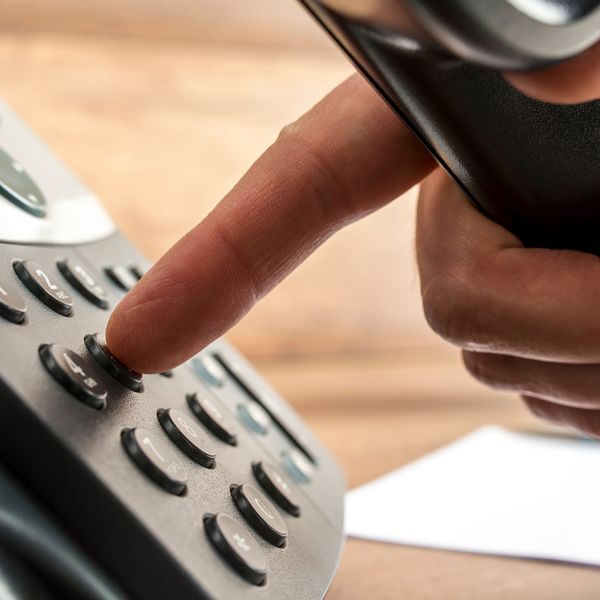Court sides with employee when FMLA call-in procedures are unclear
During his handful of years with the company, Ed had some attendance issues to the point that, if he had two more unexcused tardies or one unexcused absence, he could be terminated.
A few months after that point, Ed applied for intermittent FMLA leave for depression and anxiety. He was asked to provide a certification supporting the leave, and he did. The certification indicated that Ed was unable to perform any duties during a flare-up, and that he would need three to four days of leave per month.
Confusion on FMLA call-in process
Ed received conflicting instructions about how to call in to use his intermittent FMLA leave. One set of instructions told him to call two numbers, seemingly both going to the company. Another set of instructions told him to call the company and the third-party administrator (TPA) that administered the FMLA leave program.
The latter set of instructions, however, provided no phone number for the TPA. Ed was under the impression that he needed only to call one number, and the company would take it from there.
More absences ensued
Ed missed work on December 6 and 7, and was late on December 8. He called in each time, saying he was having a flare-up or that he’d been sick.
All these absences were categorized as unexcused and not coded as FMLA due to confusion about when Ed had called in and notes about the incidents. Because of the coding, the TPA couldn’t apply the incidents to Ed’s FMLA claim, in part because Ed didn’t say “FMLA” when he called in.
Termination and litigation
In January, Ed was terminated due to his absences. He sued claiming that the company interfered with his FMLA rights because they didn’t classify his absences as FMLA leave, and then retaliated against him for exercising those rights when they fired him.
The lower court found in favor of the employer, claiming that Ed didn’t give sufficient notice of his absences and tardies. The appeals court, however, disagreed, indicating that, Ed’s condition was known, and that it was foreseeable that he would have flare-ups, but Ed could not predict when those flare-ups would happen.
Ed did not need to provide formal “notice” each and every time he called in to use his FMLA leave. The court even indicated that Ed didn’t have to specifically reference the reason for the leave or the need for FMLA leave, since he had already given formal notice of his condition.
Ed needed only to say he was having a flare-up, that he didn’t feel well, or that he had been sick. The certification indicated that he would need FMLA leave for flare-ups, so his reference to that was enough when he called in. Since Ed provided ample notice, the company interfered with his FMLA rights when it terminated him for taking FMLA leave.
When it came to the company’s call-in procedures, the court indicated that Ed couldn’t be faulted for failing to comply with the company’s unclear procedures.
Render v. FCA US, LLC, Sixth Circuit Court of Appeals, No. 21-2851, November 16, 2022.
Key to remember: Employers should have a clear process in place when employees need to take intermittent FMLA leave.




















































